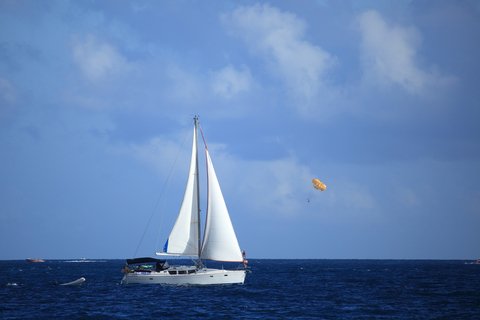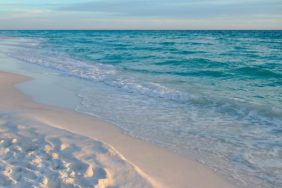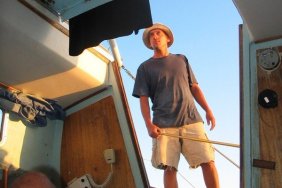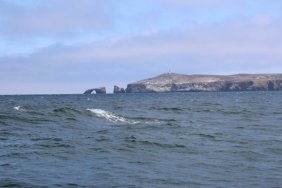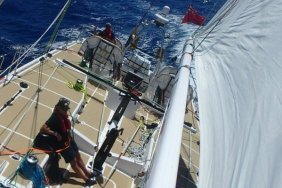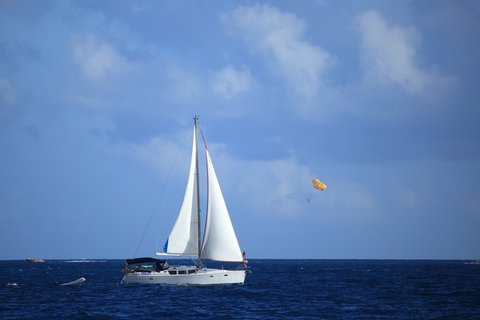
Sailing on the ocean seems idyllic and simple. Clipping along in a fresh breeze, relaxing in the sun with hammocks filled with cookies and booze swaying below decks, your destination is a colorful seaport filled with shops and bars and nightlife. What could be better?
All those things are realities in the world of ocean cruising, but so too are dangers, surprises and tragic consequences brought about from poor decision-making.
Cruising sailors always look relaxed and happy in the photos and in most of their videos, but those images are usually produced at the beginning or the end of a passage, and the solid mariners are the ones who can handle the demands of running a sailing craft around the clock for days and sometimes weeks on end. The many perils for which a cruising sailor needs to be prepared include bad weather, ocean currents, squalls, rouge waves, wildlife, other boats and the careful balance of maintaining the seaworthiness of the boat as well as the supplies needed by the crew.
When I planned a passage from Dana Point, California to Santa Barbara and ultimately up the coast to Oregon, in Turk’s Bar in Dana Point Harbor a real salt with shipwreck stories from the South Pacific quizzed me on my level of preparedness.
“You’re out there and you see an approaching storm, what do you do?” he asked. I answered that I would heave-to, which is the practice of setting main and headsail opposite each other to use the wind to basically pin the boat in one spot, allowing the boat to ride out the storm.
“You’re gonna f#*in die,” he replied. And he was probably right. “What you would do,” he continued, “is drop all your sail except a tiny headsail, so at least you can steer a little bit, and then run with the storm under bare poles until it blows past you. Then when it’s over, you assess the damage, get a fix on your new position and set sail again.”
I did sail my boat to Santa Barbara, a 36-hour passage, but no further than that. Sailing on the open ocean is very much sailing on a wilderness. Whales have been known to breach in front of or even onto sailboats, and nighttime passages can invite collisions with container ships or debris. There are large pieces of trash out there that can rip a boat open very easily. The weather of course is a constant variable, presenting challenges and surprises for even the saltiest of cruisers. As illustrated by this sailing couple, even the most pleasant of passages can go wrong as a result of bad choices or lack of experience.
If you’re planning any real ocean sailing, it’s wise to seek the advice of the saltier mariners. Talking in marina bars with such sailors is one way, but seeking instruction through professional sailors who offer lessons is very valuable. Of course, hands-on experience will complete your education, but video lessons can give you insights on how to handle such emergencies as dealing with a squall, for example.
In any marina, fellow sailors will gather in their cockpits and tell stories of passages. This has gone on for centuries, and it’s the sailors with the craziest stories that not only add more color to the lifestyle, they help the newer sailors to find their way when the weather turns ominous.
